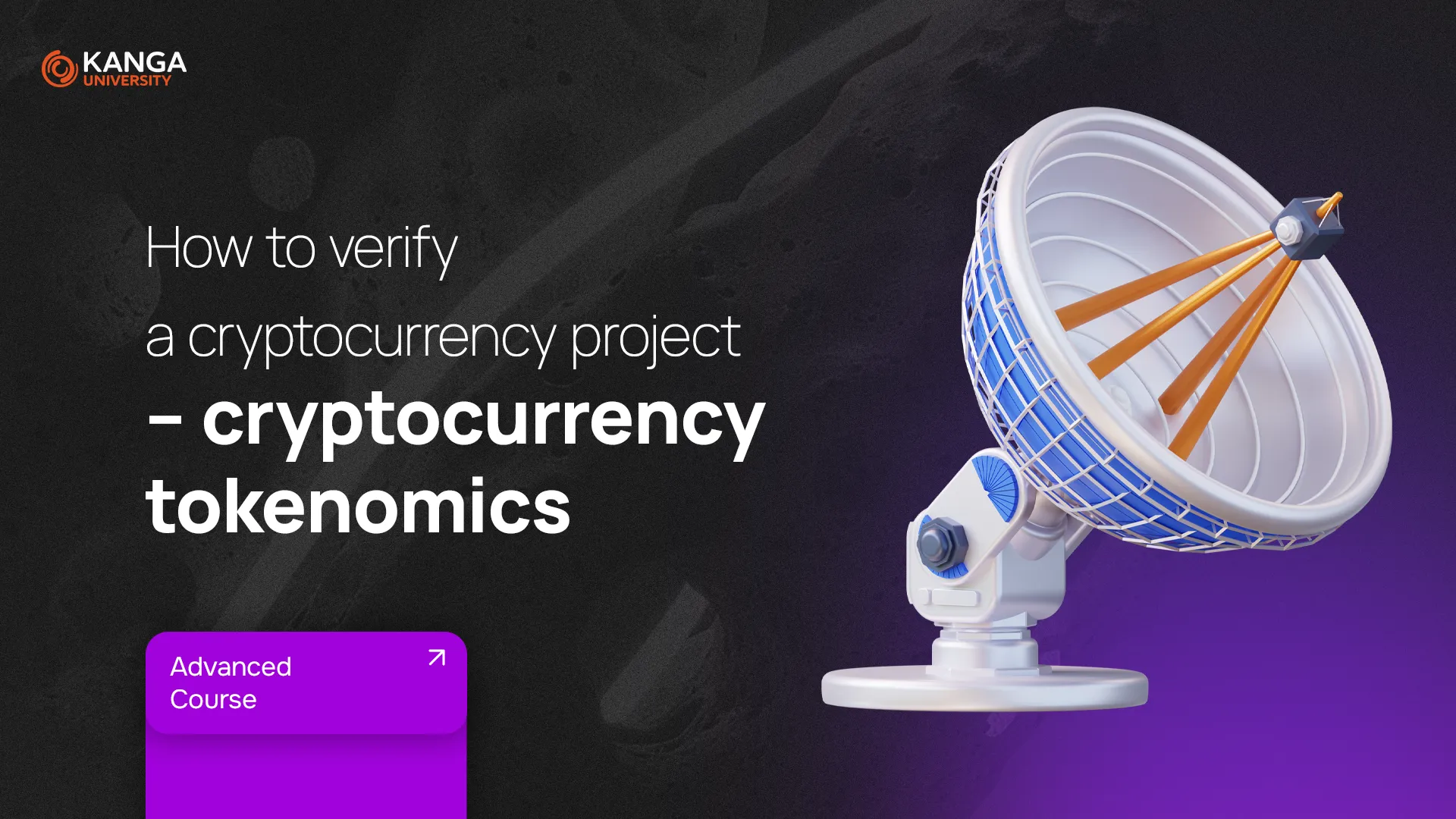
The word “tokenomics” is a mash-up of token and economics. While it doesn’t have a formal definition (yet), in the crypto world, tokenomics refers to all the key elements that influence a token’s value and behavior. It’s essentially the economic model that governs how a cryptocurrency works – from how many tokens exist, to how they’re distributed, burned, or used.
In this lesson, we’ll break down how tokenomics works, why it matters, and what to look for when evaluating any crypto project.
Why Tokenomics Matters
Tokenomics is one of the most important tools for analyzing any crypto project. Think of it as reading the nutritional label on a food product — it helps you understand what’s inside and whether it’s worth “consuming.” In crypto terms, tokenomics helps you assess whether a project has a strong foundation or is just hype.
Since crypto markets are still relatively young, and historical data is limited, tokenomics becomes a crucial part of fundamental analysis.
Macro vs. Micro Tokenomics
Just like traditional economics, tokenomics can be split into two categories:
-
Macrotokenomics looks at the big picture: how the blockchain interacts with exchanges, other protocols, and regulatory environments.
-
Microtokenomics focuses on the internal rules of a specific token: how it’s distributed, used, minted, burned, or earned.
Key Metrics in Tokenomics
Here are the most important elements to examine when analyzing a token:
-
Supply
-
The number of tokens available in circulation can affect demand and price.
-
Three key supply metrics:
-
Circulating Supply – how many tokens are currently available for trading.
-
Total Supply – how many have been created in total.
-
Max Supply – the maximum number that will ever exist.
-
-
-
Utility & Use Case
-
What is the token used for? Is it necessary for the platform to function?
-
-
Burn Mechanism
-
Removing tokens from circulation to reduce supply, which can (temporarily) increase price.
-
-
Inflation and Emission Schedule
-
How fast new tokens are created and who receives them.
-
-
Token Distribution
-
Who owns the tokens? Are they fairly distributed? Are any locked for founders or early investors?
-
-
Market Cap and FDMC
-
Market Cap = circulating supply × current price.
-
Fully Diluted Market Cap (FDMC) = max supply × current price. This shows potential future valuation.
-
Where to Find Tokenomics Data
To analyze a project, visit:
Example: Check out BNB (Binance Coin)
-
Circulating Supply: ~149 million BNB
-
Max Supply: 200 million BNB
-
Market Cap: Current price × tokens in circulation
-
FDMC: Current price × total possible supply
Want more detail? Look for the project’s whitepaper, official docs, or trusted sites like Messari.
Beyond Distribution: How Tokens Are Used
Tokenomics isn’t just about how tokens are distributed — it’s also about what they’re for. A strong use case can create demand. A useless token? Not so much.
Here are common token functions:
-
Staking – earning rewards for locking tokens in the network
-
Payments – acting as a currency within the ecosystem
-
Transaction fees – used to pay for services within a platform
-
Governance – giving holders voting rights in decision-making
-
Burning – reducing supply to influence price
-
Anti-inflation – controlling supply to maintain long-term value
-
Exchange Listings – more listings = more visibility and liquidity
-
Ecosystem Integration – tokens should play an essential role in the platform they’re built on
How to Evaluate a Project’s Tokenomics
Especially with new projects, it’s crucial to check:
-
How many tokens go to the public vs. founders or advisors
-
Whether tokens are locked (vesting), or available for immediate sale
-
If the project has a small public allocation and large insider holdings, that’s a red flag
-
Whether the emission schedule is transparent and sustainable
Tools like Messari can help you track token unlocks, allocation breakdowns, and supply schedules.
Summary
Tokenomics is one of the most powerful tools in your crypto research toolkit. It helps you understand not just how a token is structured, but whether it’s built for long-term growth — or short-term hype.
Understanding how a token is used, who controls it, and how it evolves over time will help you make smarter investment decisions and avoid risky projects with weak fundamentals.
Explore the world of cryptocurrencies with Kanga Exchange